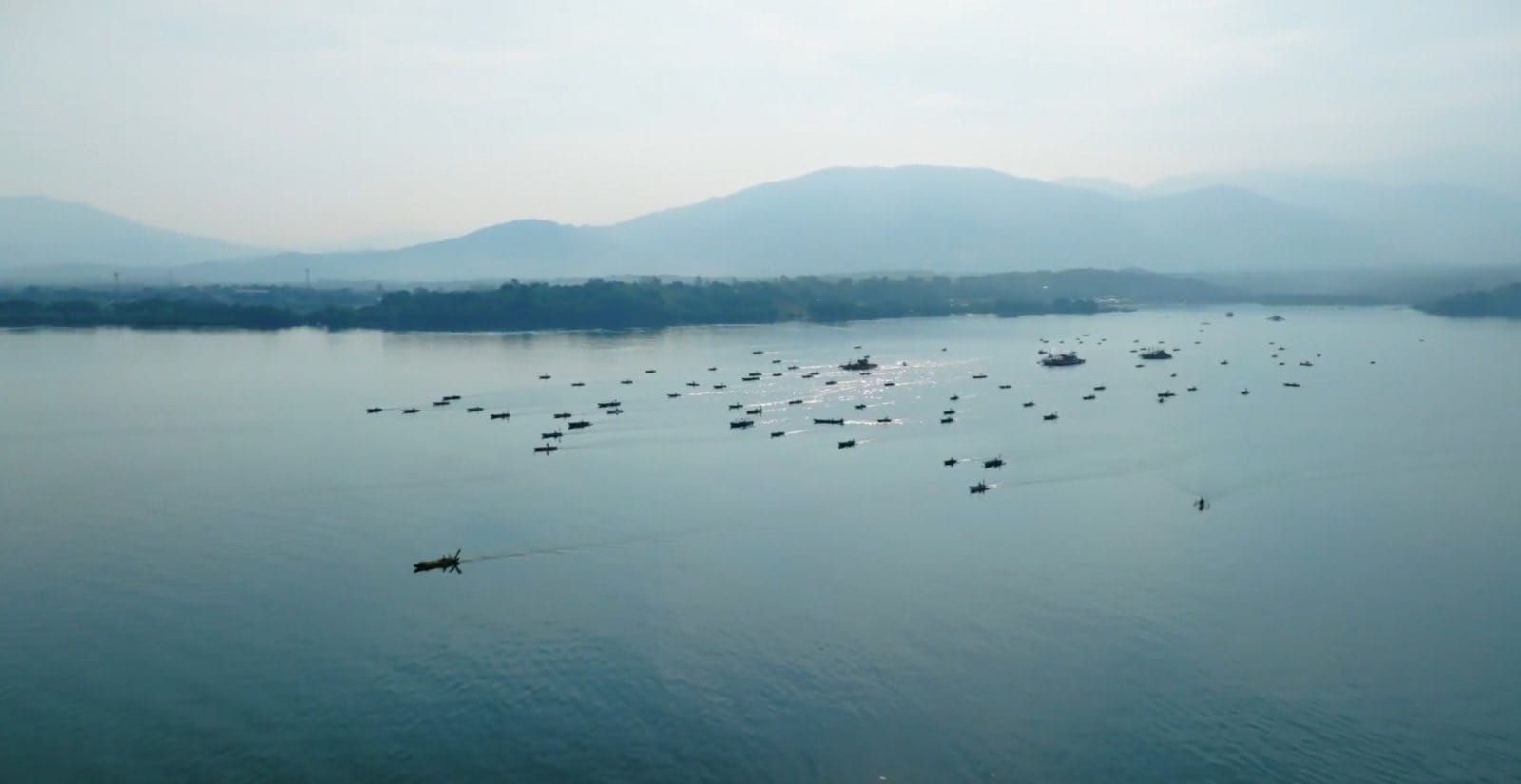
The Philippine Air Force (PAF) said Sunday, June 16, that it will continue to hold maritime patrol over the West Philippine Sea (WPS) as part of its inherent duty to protect Filipinos there amid China’s latest restrictive moves.
Col. Ma. Consuelo Castillo, PAF spokesperson, said it is important for them that Filipinos, particularly the fishermen who rely in the WPS for their livelihood, will feel the presence of the Air Force at this extraordinary time.
“It is an inherent duty of the Philippine Air Force to conduct maritime patrol over our territorial waters and the areas within our exclusive economic zone (EEZ). The most important thing is for our fishermen to feel that the PAF is there for them,” Castillo said in a radio interview over dzBB.
She admitted that the PAF needs more aircraft to monitor the vast territorial waters of the Philippines, noting that China’s imposition of restrictive regulations in the South China Sea makes it hard for them to monitor other parts of the country.
On June 15, China’s new regulation which empowers its coast guard to detain foreign nationals “trespassing” into the areas it claims in the South China Sea took effect, affecting fisherfolk groups.
China has also implemented a fishing ban in parts of the South China Sea, which overlaps with Bajo de Masinloc (Scarborough or Panatag Shoal), from May 1 to September 16.
“We really have a big concern, not only the West Philippine Sea. We need to cover our eastern seaboard. We are monitoring concerns in the southern area. Our maritime patrol includes a vast area that’s why we need additional aircraft,” Castillo said.
To make up for the inadequate number of aircraft, Castillo said the PAF has started utilizing drones to monitor the country’s waters.
“Aside from manned aircraft, we are now also using unmanned aerial vehicles (UAVs) in monitoring different areas of interest,” she said.